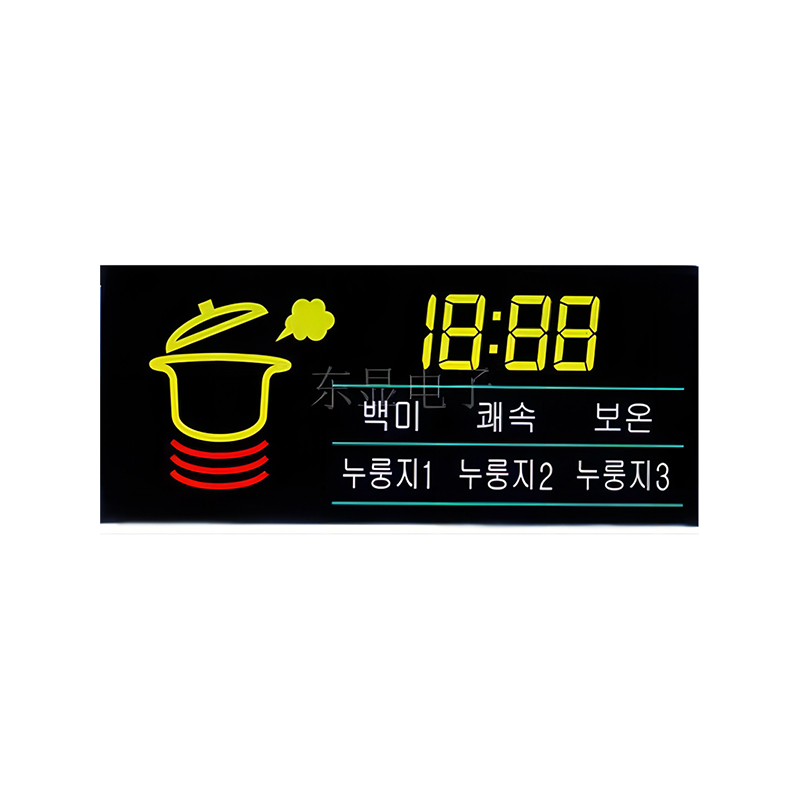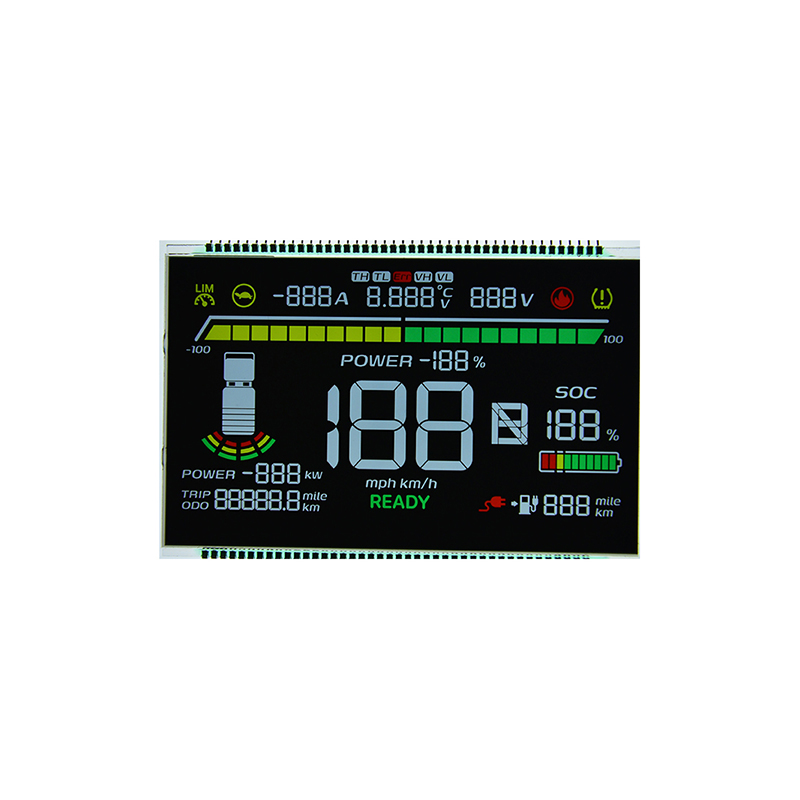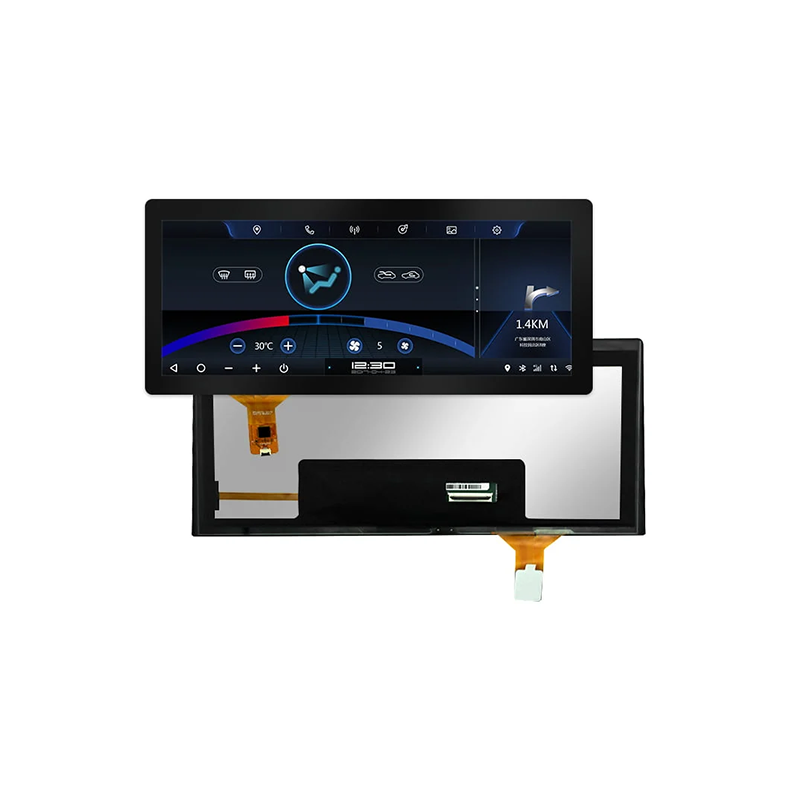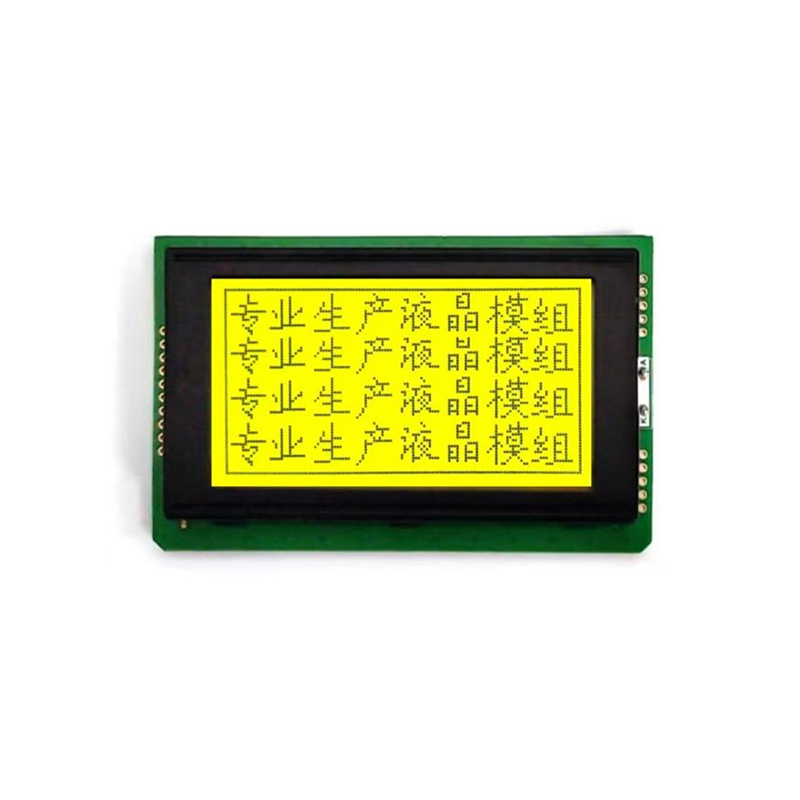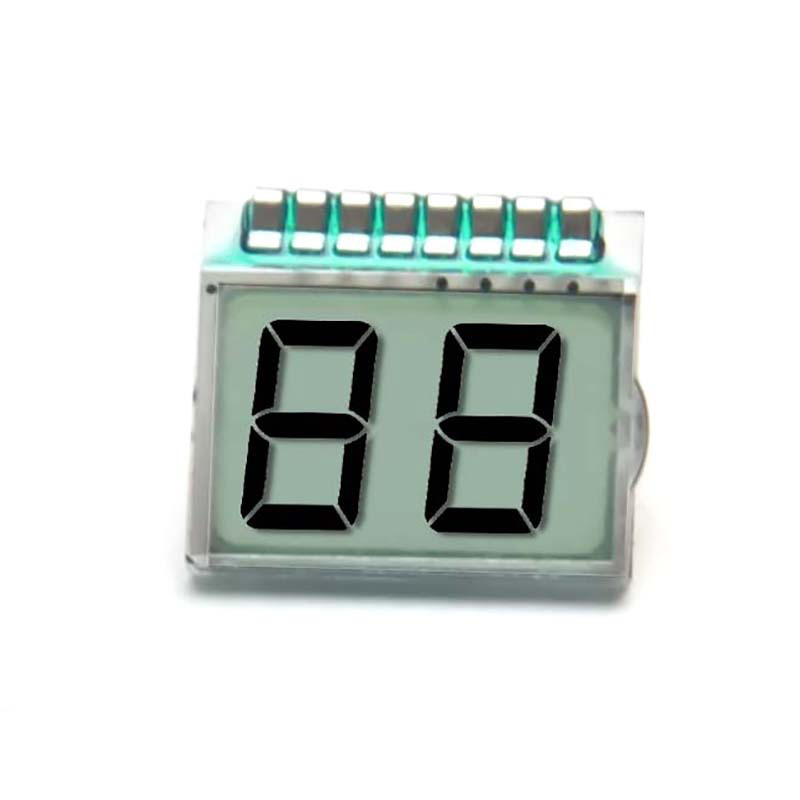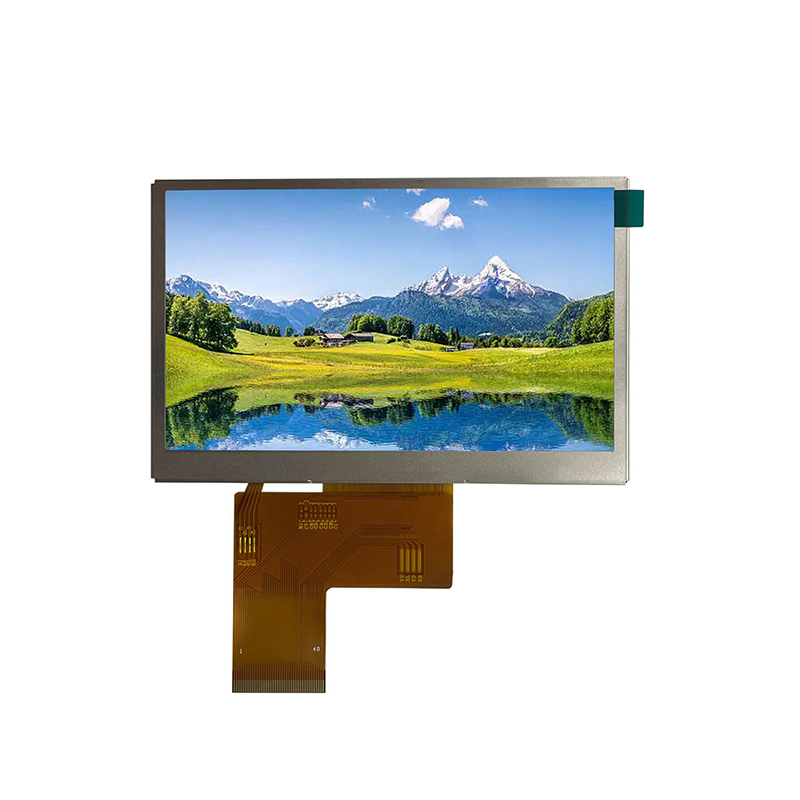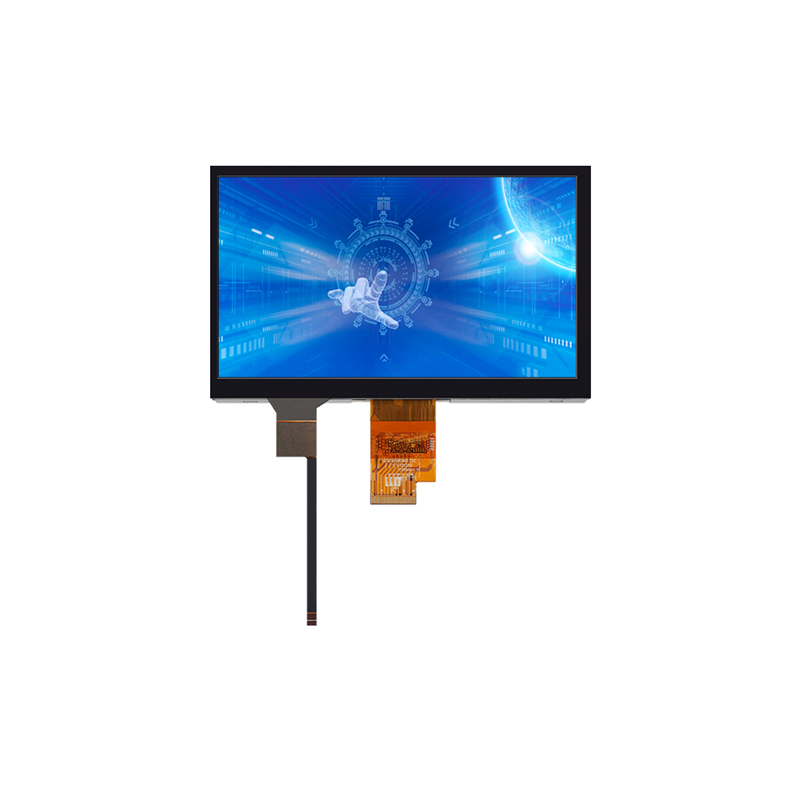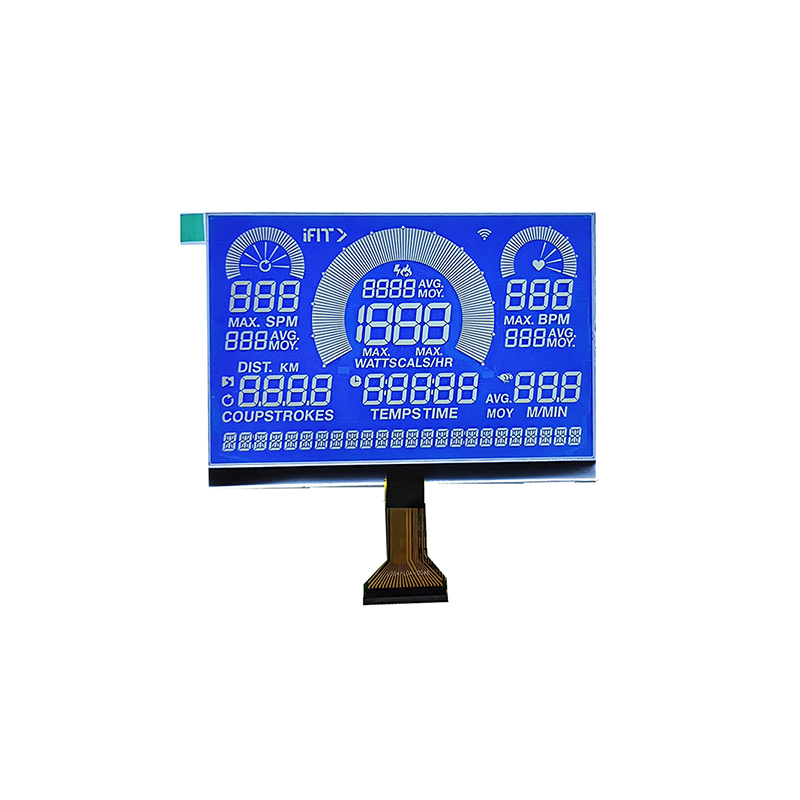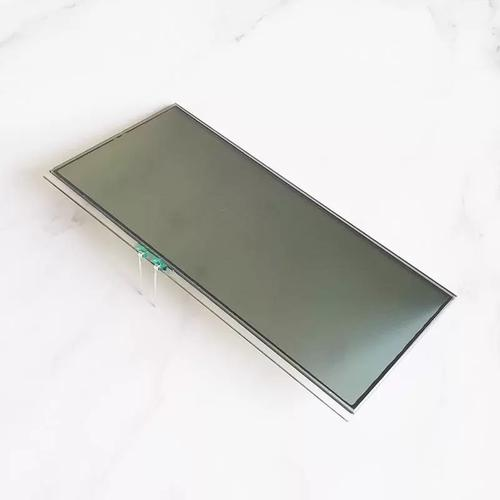Best OLED TFT Displays: A Comprehensive GuideChoosing the right display is crucial for any application, from smartphones to high-end monitors. This guide delves into the world of OLED TFT displays, helping you understand their capabilities and choose the best option for your needs. We'll explore key features, compare different types, and highlight factors to consider for optimal performance.
Understanding OLED TFT Technology
OLED (Organic Light-Emitting Diode) technology offers superior image quality compared to traditional LCDs. In an
OLED TFT display, each pixel produces its own light, resulting in perfect blacks, vibrant colors, and incredible contrast ratios. The TFT (Thin-Film Transistor) acts as a switch, controlling the current to each pixel and enabling high resolution and fast response times. This combination makes
OLED TFT displays ideal for applications demanding exceptional visual fidelity.
Key Features of OLED TFT Displays
Perfect Blacks: Unlike LCDs, OLED pixels can be completely turned off, resulting in true black levels. This dramatically improves contrast and image depth. Wide Color Gamut: OLED displays typically boast a wider color gamut than LCDs, capable of displaying a broader range of colors with greater accuracy. High Contrast Ratio: The ability to achieve perfect blacks leads to exceptionally high contrast ratios, enhancing the overall visual experience. Fast Response Time: OLED pixels switch on and off incredibly quickly, minimizing motion blur and ghosting, making them excellent for gaming and video playback. Thin and Lightweight: OLED technology allows for the creation of thinner and lighter displays compared to LCD counterparts.
Types of OLED TFT Displays
Several variations of
OLED TFT displays exist, each with its own strengths and weaknesses. The choice often depends on the specific application and budget.
AMOLED (Active-Matrix OLED)
AMOLED displays utilize a TFT backplane to individually control each pixel, resulting in high resolution and fast response times. These are common in smartphones and high-end televisions.
PMOLED (Passive-Matrix OLED)
PMOLED displays are simpler and less expensive than AMOLED, but they generally offer lower resolution and slower response times. They are often used in smaller displays, like those found in wearable devices.
Factors to Consider When Choosing an OLED TFT Display
Selecting the right
OLED TFT display requires careful consideration of several factors:
Resolution
Higher resolution translates to sharper and more detailed images. Common resolutions include Full HD (1920x1080), QHD (2560x1440), and 4K (3840x2160).
Refresh Rate
The refresh rate determines how many times per second the image is updated. Higher refresh rates (e.g., 120Hz, 144Hz) lead to smoother motion and reduced motion blur, especially beneficial for gaming.
Response Time
A lower response time means less motion blur and ghosting. Look for displays with response times under 1ms for optimal performance.
Brightness
Brightness is measured in nits (cd/m2). Higher brightness is essential for use in brightly lit environments.
Burn-in
While OLED technology has improved significantly, the potential for burn-in (permanent image retention) remains a concern. This is especially important with static elements such as onscreen menus. Using screen savers and avoiding static images for extended periods can help mitigate this risk.
Comparing OLED TFT Displays to Other Technologies
While
OLED TFT displays excel in many aspects, it's important to compare them with other display technologies, such as LCDs and mini-LEDs. The following table summarizes key differences:
| Feature | OLED TFT | LCD | Mini-LED |
| Black Levels | Perfect | Poor | Good |
| Contrast Ratio | Infinite | Low | High |
| Color Accuracy | Excellent | Good | Good |
| Response Time | Very Fast | Slow | Fast |
| Power Consumption | Moderate | Low | Moderate |
| Cost | High | Low | Moderate |
| Burn-in Risk | Present (mitigable) | Not Applicable | Not Applicable |
Conclusion
OLED TFT displays represent a significant advancement in display technology, offering superior image quality and performance in various applications. By understanding the key features and considering the factors discussed in this guide, you can select the best
OLED TFT display to meet your specific requirements. For high-quality display solutions, consider exploring the options available at
Dalian Eastern Display Co., Ltd. They offer a wide range of customized solutions to meet your unique needs.


